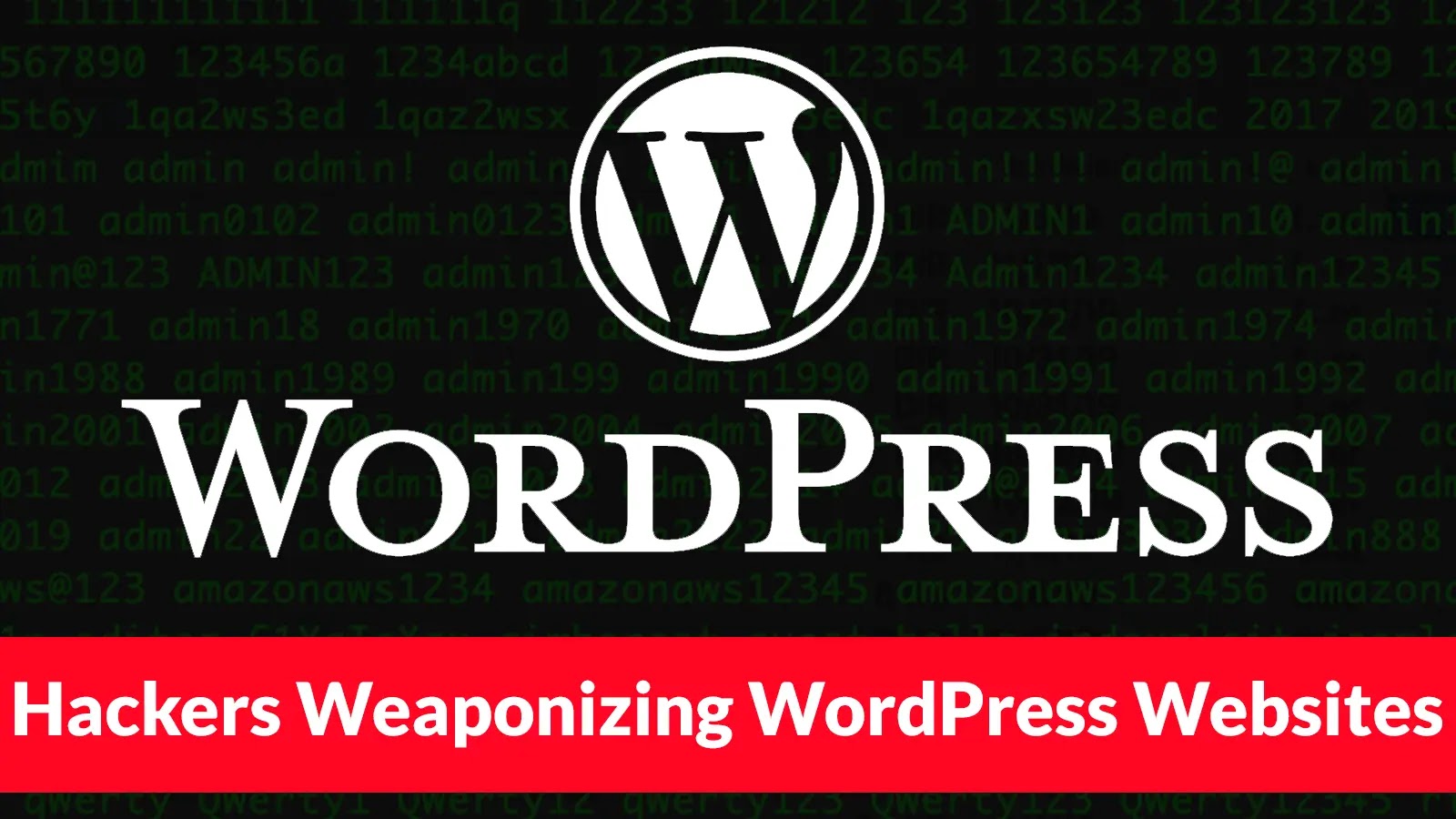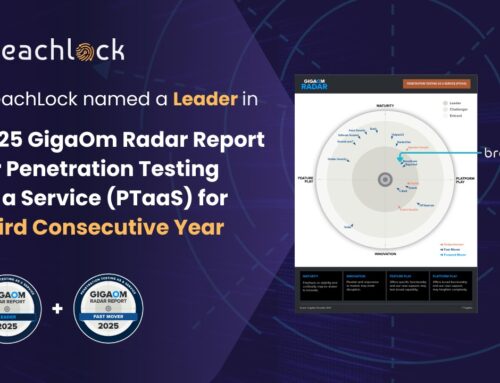
Hackers Weaponizing WordPress Websites by Injecting Malicious PHP Codes Silently
The Silent Menace: How Hackers Weaponize WordPress with Covert PHP Injections
WordPress powers a significant portion of the internet, making it an irresistible target for threat actors. While many attacks are overt, a more insidious threat has emerged: the silent, stealthy injection of malicious PHP code directly into theme files. This sophisticated technique allows attackers to weaponize legitimate WordPress websites, turning them into platforms for malvertising campaigns and compromising visitor security without immediate detection. Understanding this evolving threat is crucial for any IT professional, security analyst, or developer responsible for WordPress deployments.
Understanding the Covert PHP Injection Tactic
The latest wave of attacks involves threat actors injecting malicious PHP code into WordPress theme files. Unlike visible defacements or overt backdoor installations, these injections are designed to be almost invisible. They typically blend seamlessly with legitimate site operations, making them incredibly difficult to spot during routine checks. The primary goal of these injections is to serve unwanted third-party scripts, predominantly for malvertising purposes, without alerting the site owner or visitors to the compromise.
The Malvertising Mechanism: Obfuscated JavaScript and Redirection
Once the malicious PHP code is silently embedded, it acts as a delivery mechanism. This PHP code dynamically injects obfuscated JavaScript into the website’s frontend. This JavaScript is the true payload, designed to execute various malicious actions without user interaction. Common outcomes include:
- Unwanted Redirections: Visitors are subtly redirected to phishing sites, scam pages, or other malicious destinations.
- Pop-up Advertisements: Aggressive and intrusive pop-up ads appear, often for illicit products or services.
- Malware Downloads: In some cases, the scripts may attempt to initiate drive-by downloads of malware onto visitors’ devices.
- Data Harvesting: Specific scripts might be designed to collect user data, such as browsing habits or login credentials (though less common in pure malvertising campaigns).
The obfuscation of the JavaScript is key to its success, making it harder for security tools and human eyes to identify its malicious intent.
Why WordPress is a Prime Target
Several factors contribute to WordPress’s appeal for these types of attacks:
- Widespread Use: Its popularity means a vast attack surface.
- Plugin and Theme Ecosystem: While beneficial, a poorly coded or outdated plugin/theme can introduce vulnerabilities that attackers exploit to gain initial access for code injection.
- User Accessibility: The ease of use for less technically savvy individuals sometimes leads to lax security practices.
- File Permissions: Incorrect file permissions on web servers can allow attackers to modify theme files directly after an initial compromise.
Remediation Actions: Protecting Your WordPress Website
Proactive and reactive measures are essential to defend against these sophisticated PHP injection attacks. Implementing the following steps significantly reduces your risk:
- Regular Backups: Implement a robust backup strategy for your entire WordPress installation (files and database). This allows for quick restoration in case of compromise.
- Keep Everything Updated: Ensure your WordPress core, themes, and plugins are always running the latest versions. Updates often include critical security patches for vulnerabilities like CVE-2023-45136 (example CVE for a recent WP related vulnerability).
- Use Reputable Themes and Plugins: Only download themes and plugins from trusted sources (WordPress.org repository, reputable developers) and avoid nulled or cracked versions.
- Strong File Permissions: Configure strong file permissions on your server. Typically, WordPress files should be
644and directories755, withwp-config.phpoften set to640or440for added security. - Security Plugins: Install and configure a reputable WordPress security plugin (e.g., Wordfence, Sucuri Security, iThemes Security). These can help with file integrity monitoring, malware scanning, and firewall protection.
- Web Application Firewall (WAF): Implement a WAF at the server level or use a cloud-based WAF service. A WAF can detect and block malicious requests attempting to inject code.
- Regular Security Audits: Periodically audit your WordPress site for suspicious code, unfamiliar files, or unexpected database changes.
- Server-Side Monitoring: Utilize server-side logging and monitoring tools to detect unusual activity, such as unauthorized file modifications or elevated resource usage.
- Educate Users: Ensure all users with access to the WordPress dashboard understand the importance of strong passwords and not clicking on suspicious links.
Detection and Scanning Tools
To aid in the detection and remediation of these silent PHP injections, several tools are available:
| Tool Name | Purpose | Link |
|---|---|---|
| Wordfence Security | Comprehensive endpoint firewall, malware scanner, blocking malicious traffic, secure login. | https://www.wordfence.com/ |
| Sucuri Security | Website firewall (WAF), malware detection and removal, DDoS protection, CDN. | https://sucuri.net/ |
| iThemes Security Pro | Brute force protection, file change detection, strong password enforcement, malware scanning. | https://ithemes.com/security/ |
| WPScan (CLI Tool) | WordPress vulnerability scanner for themes, plugins, and core vulnerabilities. | https://wpscan.com/ |
| ClamAV | Open-source antivirus engine for detecting trojans, viruses, malware across systems. | https://www.clamav.net/ |
Conclusion
The weaponization of WordPress websites through silent PHP code injections represents a sophisticated and challenging threat. These attacks demonstrate a clear evolution in tactics, moving beyond overt defacements to stealthy, financially motivated malvertising campaigns. For anyone managing a WordPress site, vigilance, frequent updates, robust security practices, and the strategic deployment of security tools are not optional; they are imperative. Proactive defense is the best strategy against adversaries constantly refining their methods to exploit internet infrastructure.





